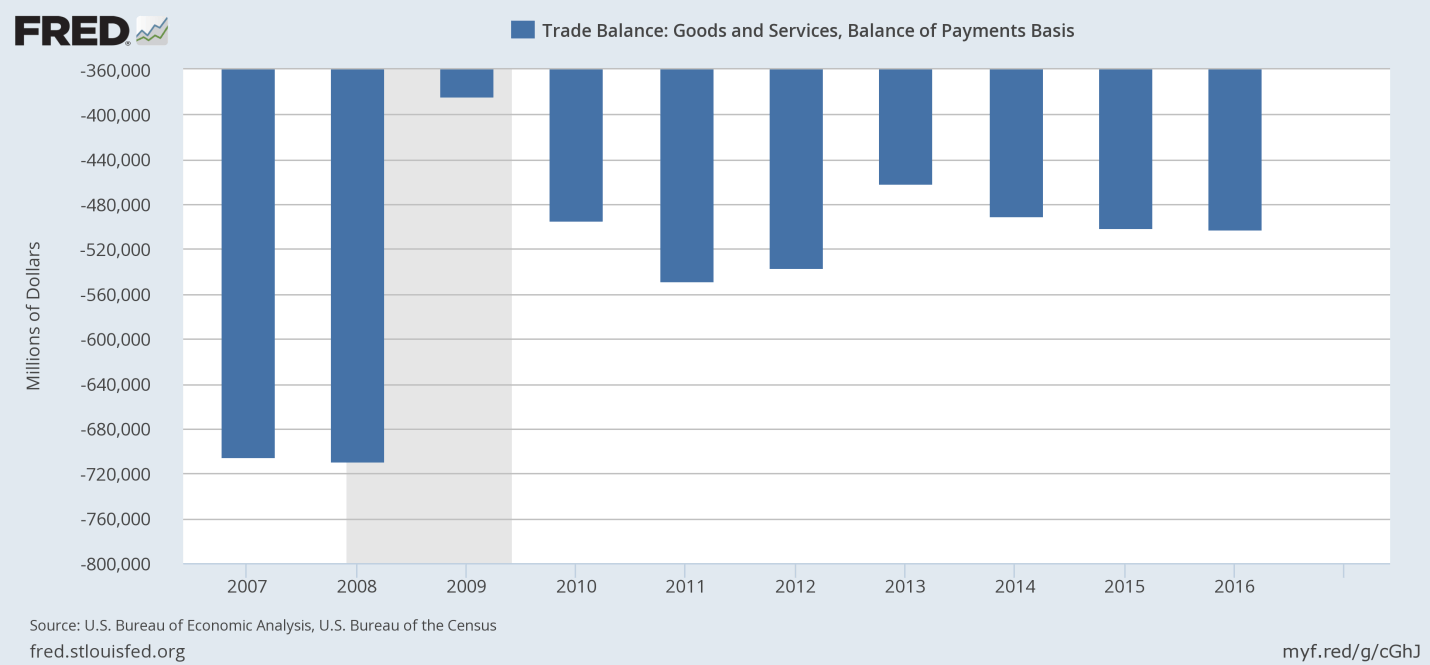The political world has presented many topics of conversation lately. But one discussion has been relatively quiet: tax reform.
Last week, however, the president announced that a “phenomenal” tax plan is forthcoming, and domestic markets responded by reaching record highs.1 In fact, we saw positive market performance even before the announcement, as the S&P 500 and Dow posted new records two days in a row, while the NASDAQ reached record highs every day except Monday.2 By Friday, the Dow was up 0.99%, the NASDAQ added 1.19%, and the S&P 500 capped its fourth consecutive week of gains to increase by 0.81%.3 On the other hand, the MSCI EAFE languished this week, posting a 0.03% loss.4
In today’s highly politicized market environment, we understand that you seek insight on how changes could affect your financial life. While we could focus on potential policy or tax adjustments, many of these details are still unclear. Rather than addressing speculation, we prefer to analyze and share key data that we do have details on from last week: the trade deficit.
What happened?
The most recent trade deficit numbers came in last week, showing that in December 2016 the following occurred:
- The trade deficit fell to $443 billion.5
- Trade volume grew more than it has in over a year and half.6
- The trade deficit was higher than in December 2015.7
Why should we care?
As we discussed a few weeks ago, trade is integral to our economy—and we saw a decrease in net exports slow GDP growth in the fourth quarter of 2016.8 Essentially, when the U.S. imports more goods than we export, the economy may not perform as well.
However, analyzing the trade deficit is not a simple “lower is better, higher is worse” circumstance. In a healthy economy, the trade deficit can increase, as Americans’ incomes grow and they buy more imported goods.9 Understanding what signs are positive and which are negative can help you better know where we stand.
What can we learn from this week’s findings?
The trade deficit is larger than a year ago, but the increases are less dramatic than what some headlines may imply. For instance, a MarketWatch article shared that “U.S. trade deficit hits highest level in four years.” But when you look at the changes on a graph, the difference may seem less extreme than the headline implies.10

Ultimately, while the balance between imports and exports is meaningful, the volume of trade matters greatly as well. December’s increasing trade volume—both imports and exports—can show us that both U.S. and global economies are improving.11
Looking ahead, changes to trade deals and corporate tax rates could have significant effects on the trade balance and volume. We will continue to evaluate this monthly metric to look for insight into our economy’s fundamental strength. As always, we will work to keep you informed so you know what is happening and how we are pursuing your goals in an evolving world.


